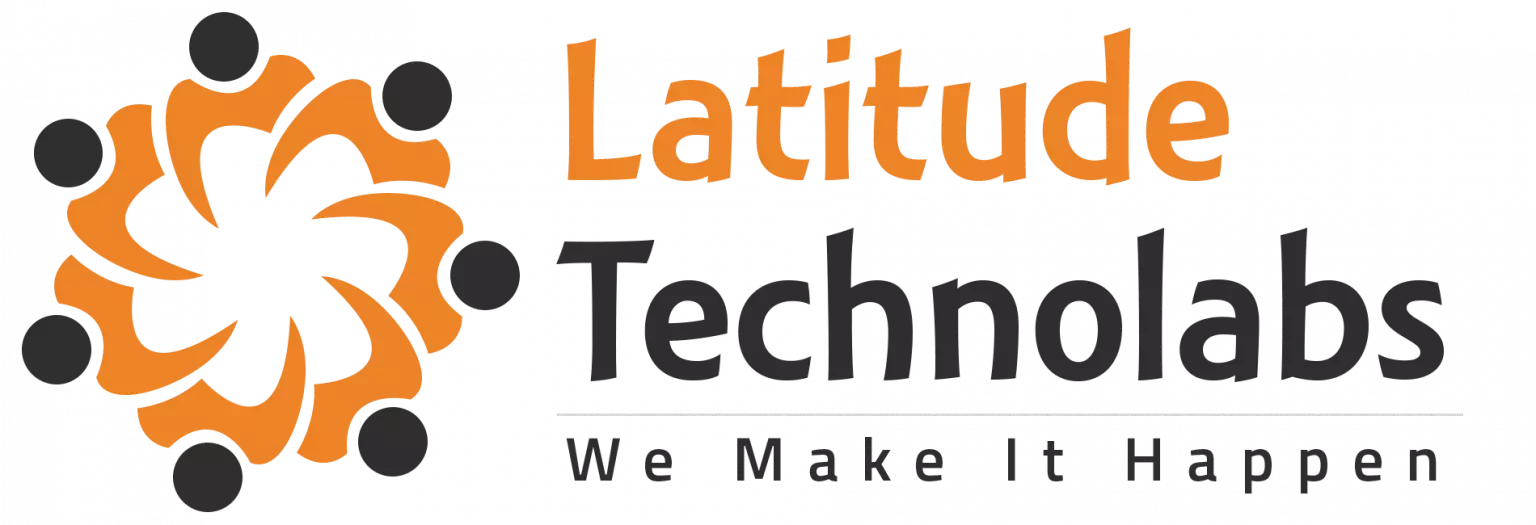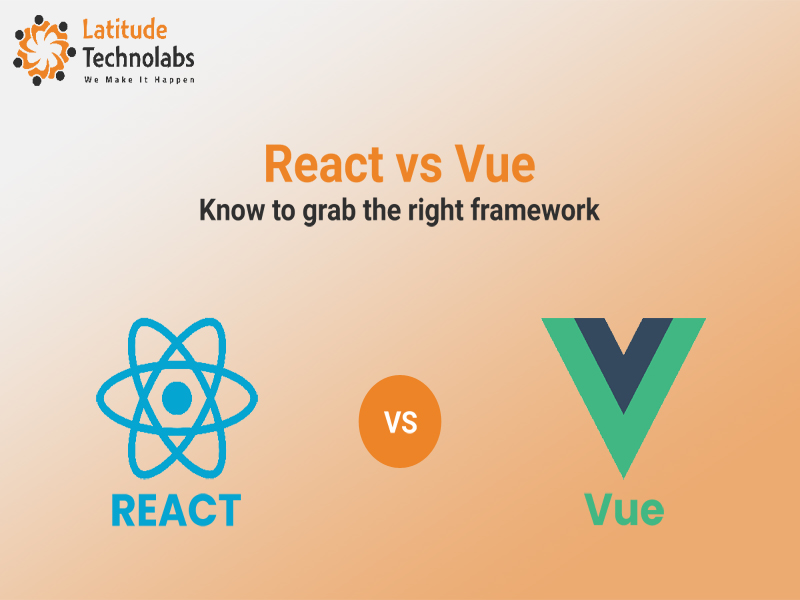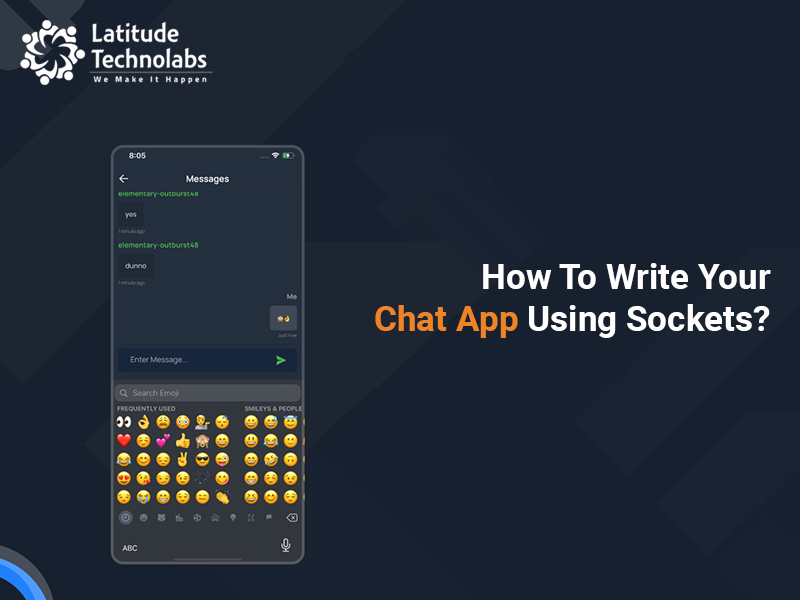What are the Top Python Libraries to Learn in 2022?
Python is one of the most demanding programming languages. It’s free and easy-to-access features are the major reasons for its popularity. Also, it has many python libraries that cut down extra efforts of python developers.
Moreover, a Python library offers task flexibility and powerful functionality. They make it easy for data scientists and developers to scale their models. Therefore, a Python library for data science is very common in the tech industry.
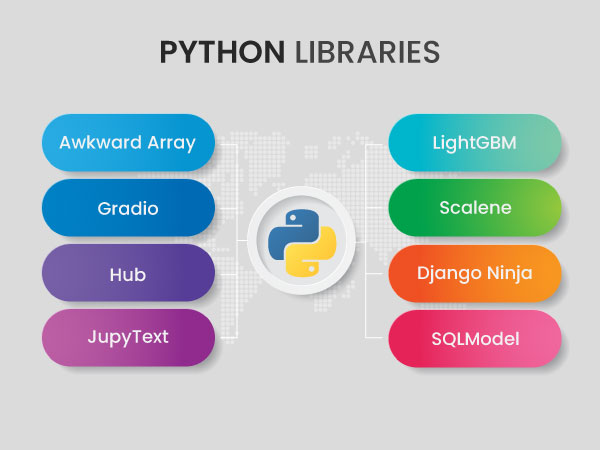
Top Python Libraries List to learn in 2022:
TensorFlow:
Google Brain Team introduced TensorFlow is an open source library and one of the popular Python libraries for machine learning. There are flexible, rich and wide range of libraries. Google Brain Team updated TensorFlow 2.5.0 which was first released in 2015. It works quickly with Mathematical equations and multi-dimensional arrays. Also it supports machine learning principles and deep neural networks.
Awkward Array:
Are you familiar with NumPy and its array? The major data structure is NumPy and the grid of values. The vectorized operations over the data part are only done through a NumPy array. It influences parallelism and low-level library optimization. As a result, they can execute much faster as compared to Python for the loop.
Awkward arrays are nested, tree-like structures (JSON). They store the data in the contiguous memory like Numpy arrays.
Gradio:
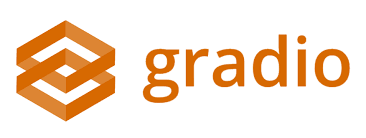
You must be familiar with Streamlight if you belong to data science. It enables data scripts into shareable web apps. Here, users can demo their output as the actual app. The fastest way to demo the machine learning model with a web interface is through Grades.
The user can change the application by changing the parameters by uploading images, using sliders and writing text.
Hub:
Data scientists usually spend their time tuning models or planning. However, it is wrong. The highest time is invested in fetching data, writing boilerplate code and arranging the incorrect format. Hub is one of the good Python libraries for data science.
There is a built-in integration for Tensorflow and Pytorch in the Hub library. The data storage is in a compressed format. You can consider any storage option from GCP bucket, AWS S3, and other local storage.
JupyText:
The Jupyter notebook is a very powerful and handy tool. The major disadvantage of the Jupyter notebook is we don’t want to write data in the web browser.JupyText cuts down such limitations, and users can save notebooks as scripts or markdowns in the different languages. People can also use IDEs and merge charges.
LightGBM:

The most effective and gradient-boosting machine learning framework is LightGBM. It uses a tree-based learning algorithm. Programmers can use the redefined elementary models. There are many other advanced advantages available in the LightGBM. It is one of the popular Python libraries that offers better accuracy, speed and memory usage as well.
Scalene:
Scalene is a high performing memory CPU/GPU profiler. It can do many things. It can handle multi-threaded code and also gives better details. There is no need to change the script. It gives the result in the text or an HTML document to track the CPU used for each line of code.
Django Ninja:
The most popular and battery included framework is Django which is used for web application development. Professionals use Django Rest Framework if they wish to create RESTful APIs. However, Django Ninja is a new contender. Django Ninja offers a clean way to create APIs.
AugLy
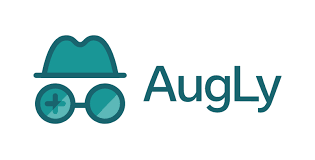
The main purpose of AugLy is to train robust models in computer vision. The important concept is to get the most crucial insight from labeled data. It is one of the popular Python libraries in which the core of various disciplines is data augmentation.
Facebook, currently known as Meta, invented AugLy. It is a data augmentation library that supports 4 modalities (image, text, video and audio). It is easy to configure the augmentation with metadata. You can compress the same to get the desired result.
AugLy library is designed to utilize for augmenting the data in the model training. In resizing and flipping, there are many other libraries.
SQLModel:
SQLModel is a library that uses Python code with Python objects to interact with SQL databases. It is supported by Pydantic and SQLAIchemy and based on Python annotations. Also it offers great support for the editors. Moreover, it has good compatibility with Pydantic, FastAPI and SQLAIchemy.
